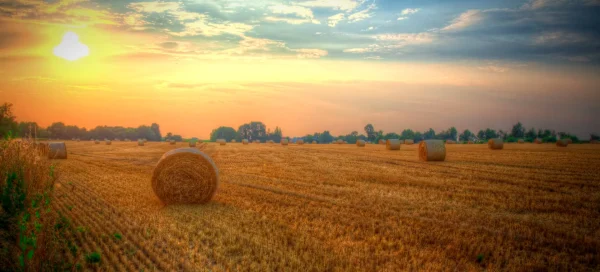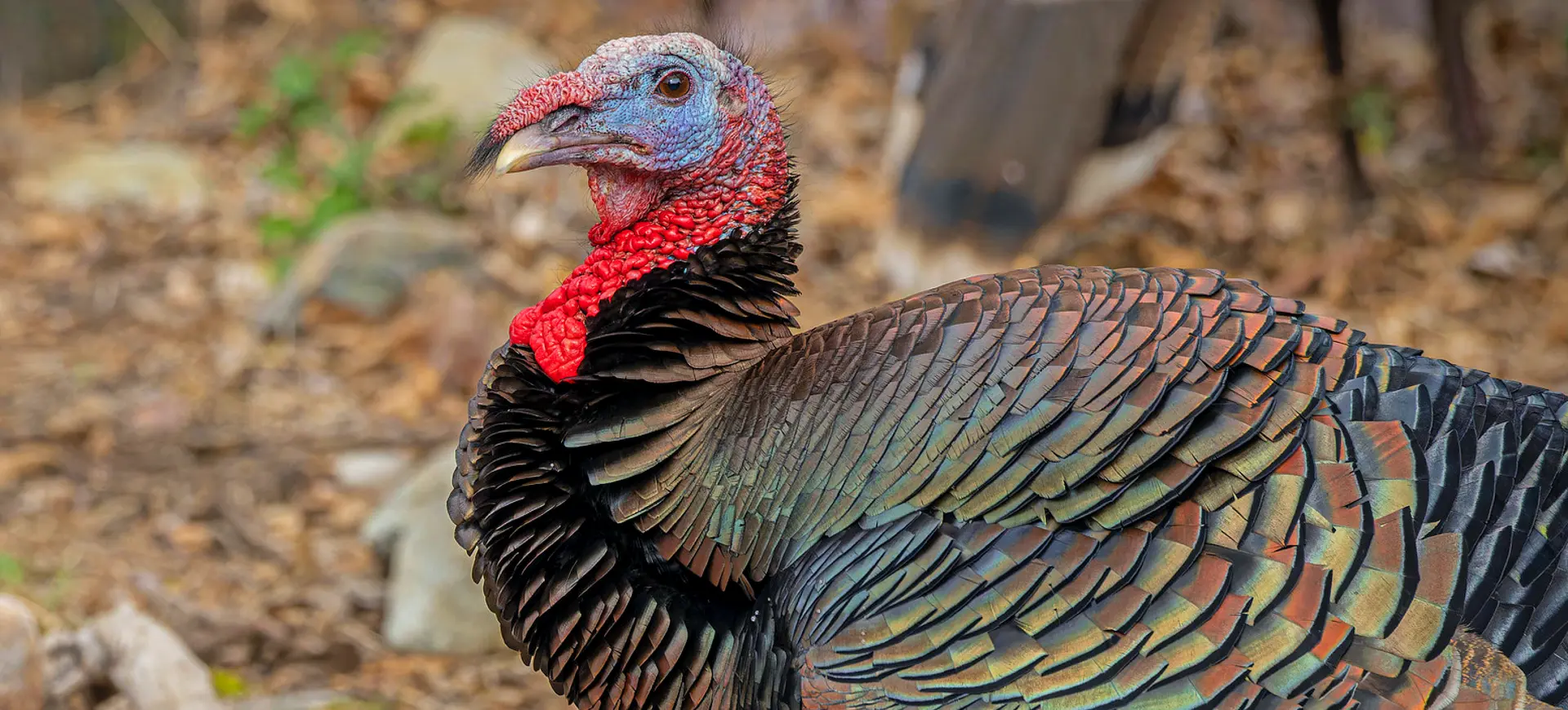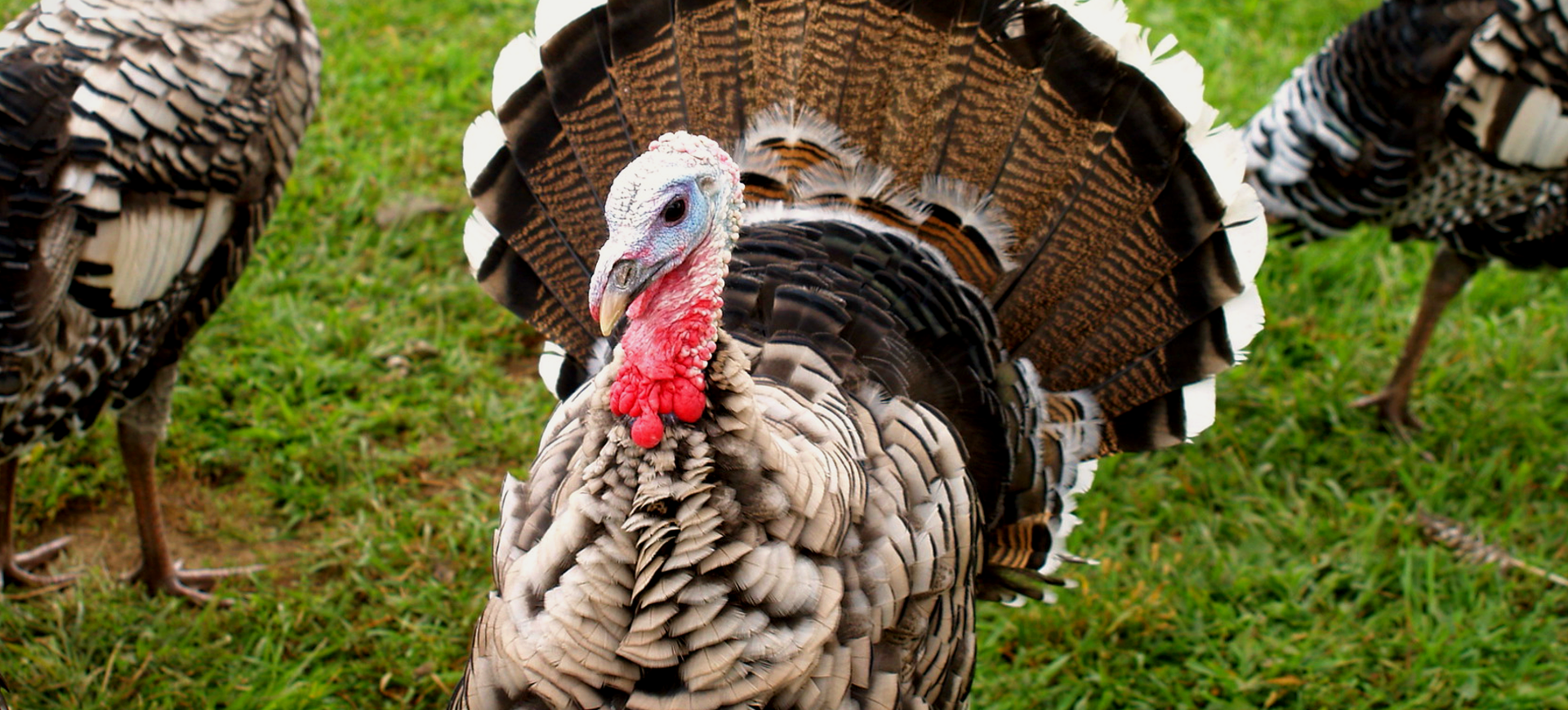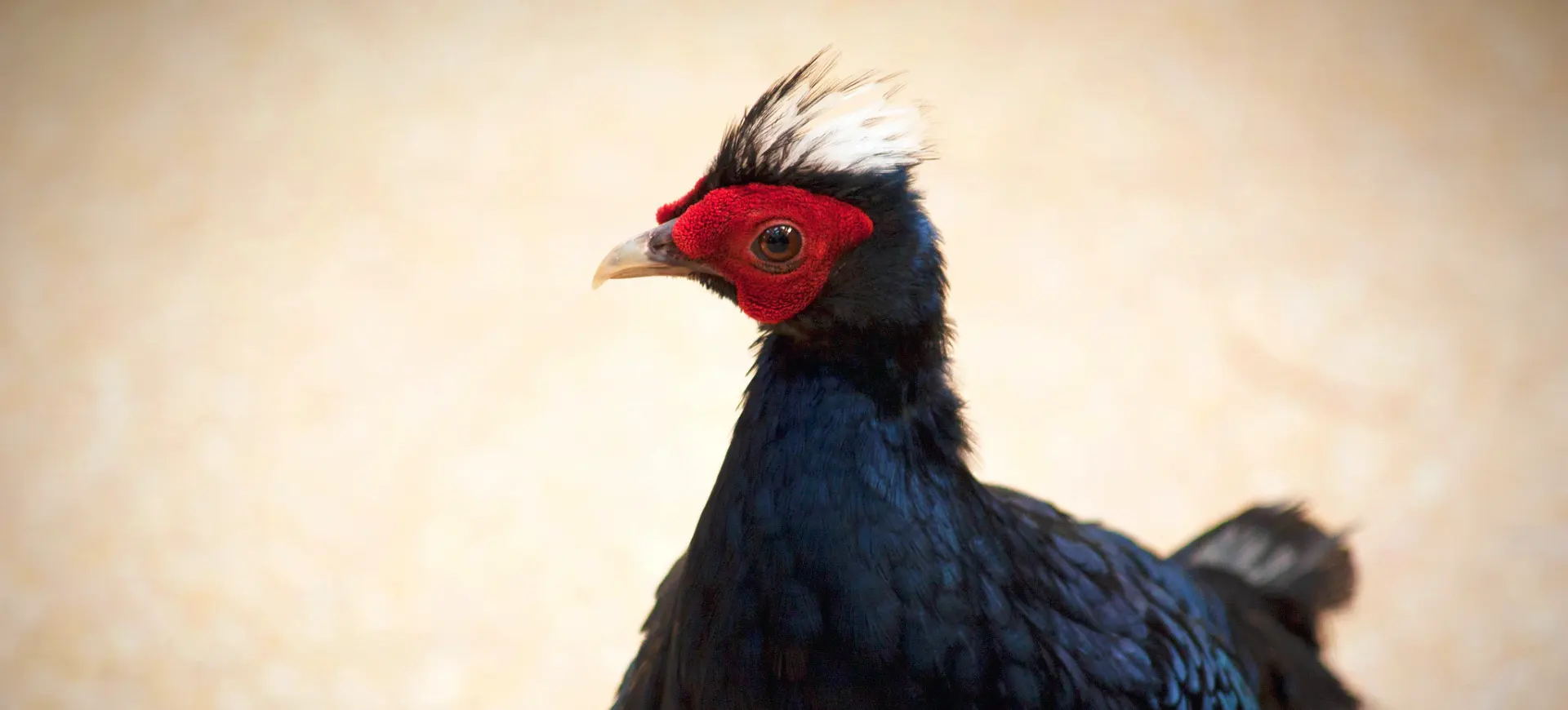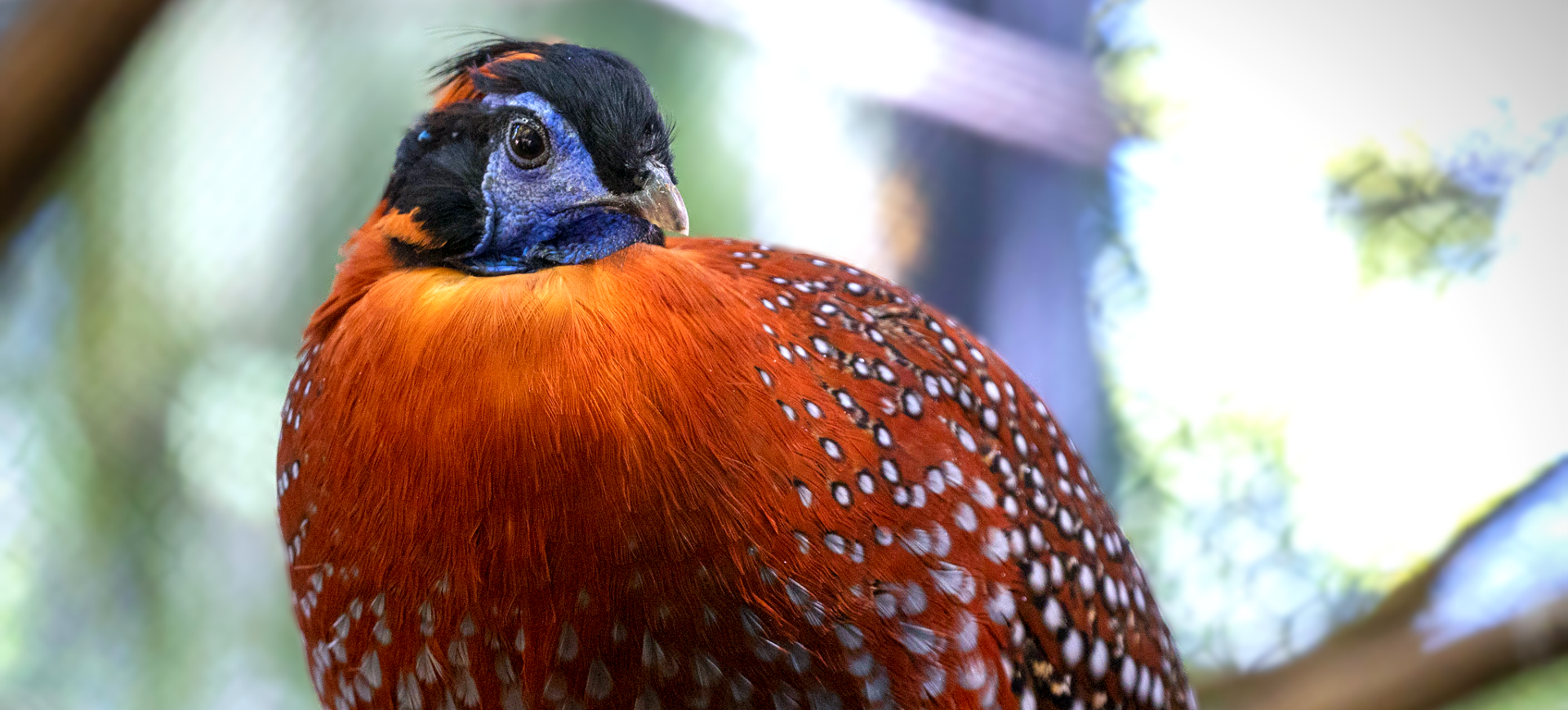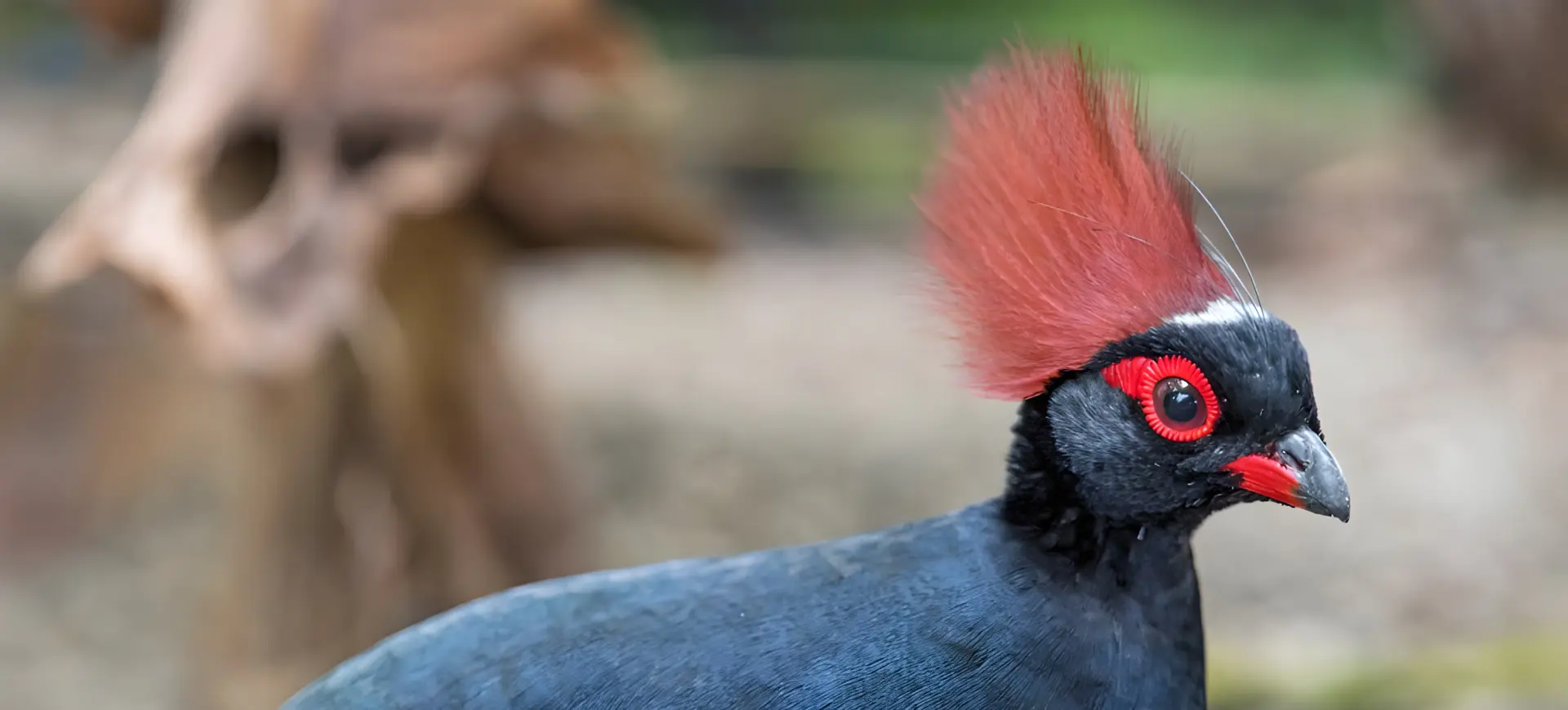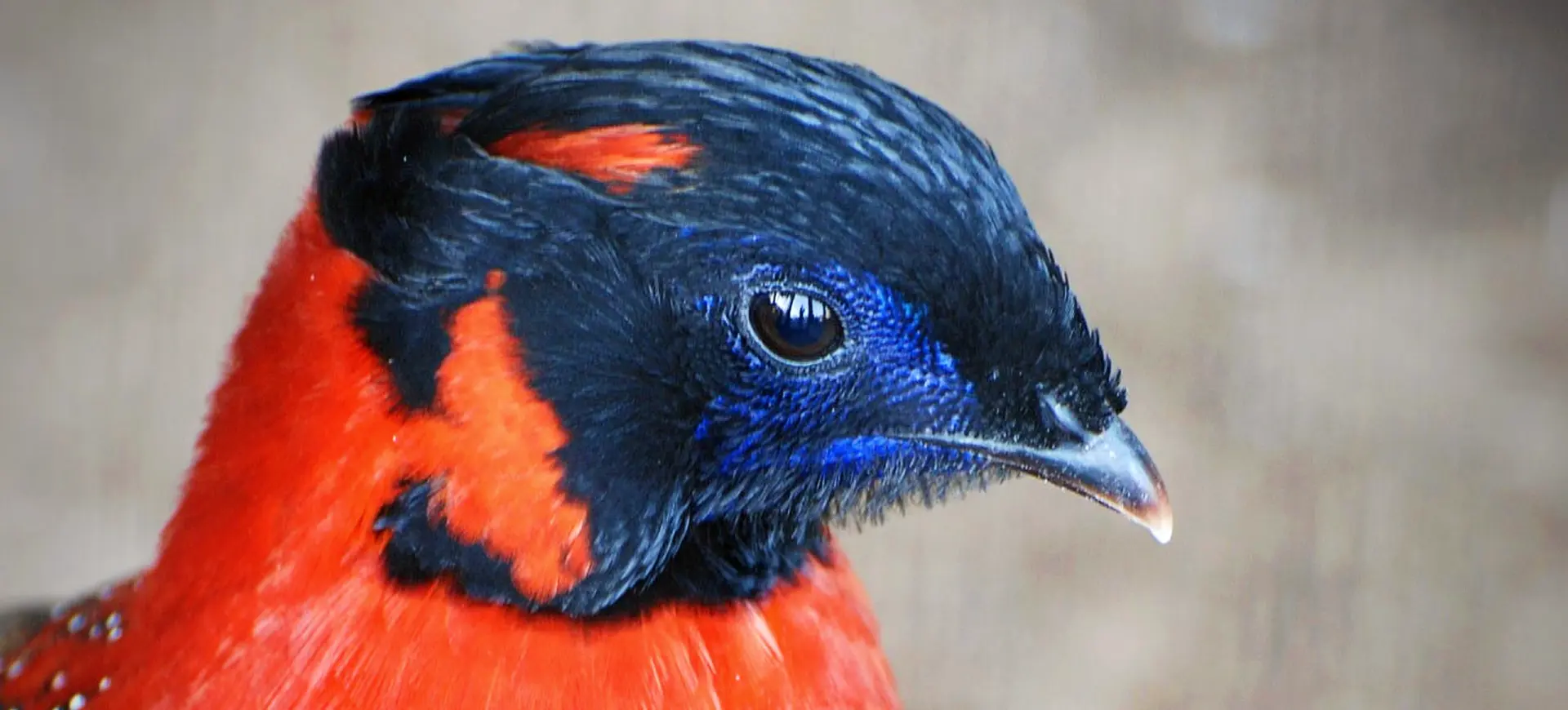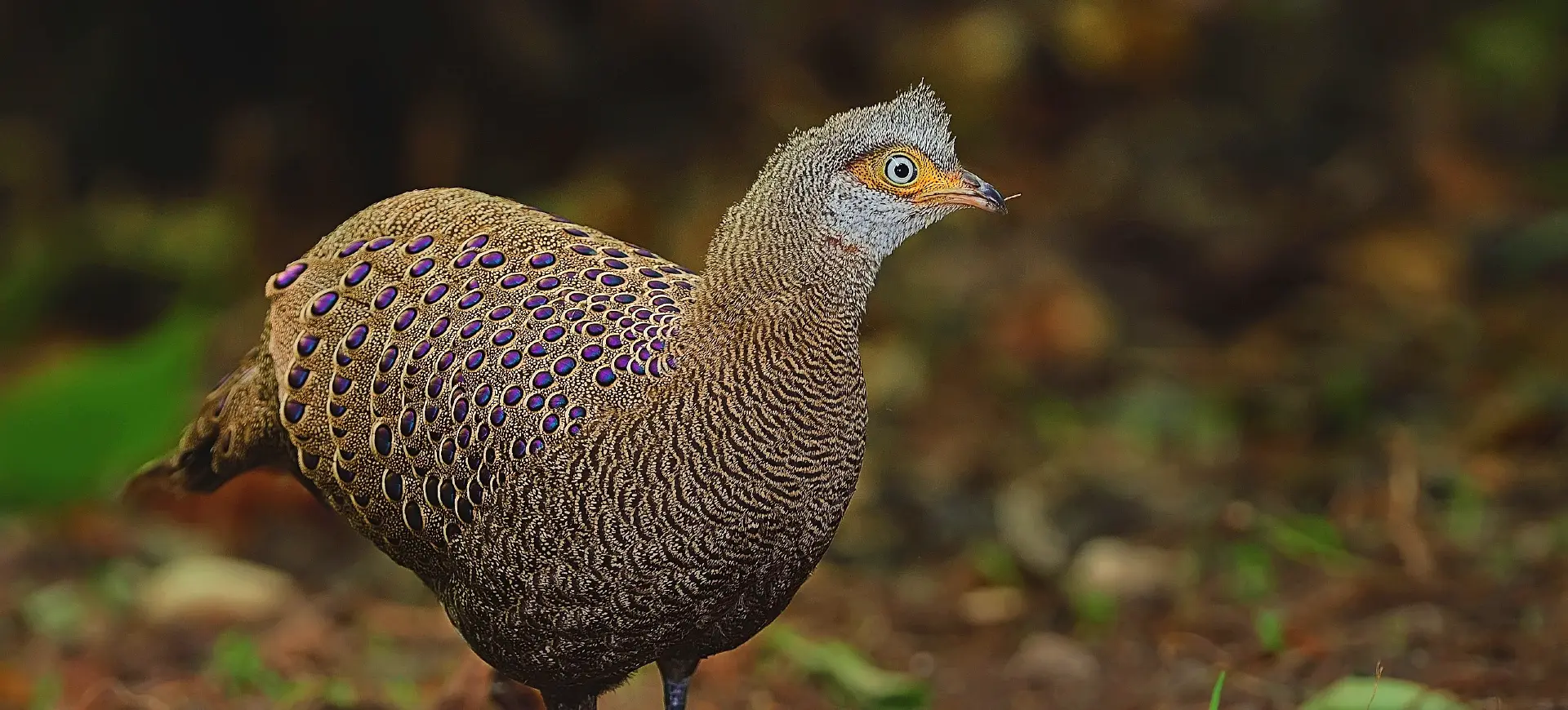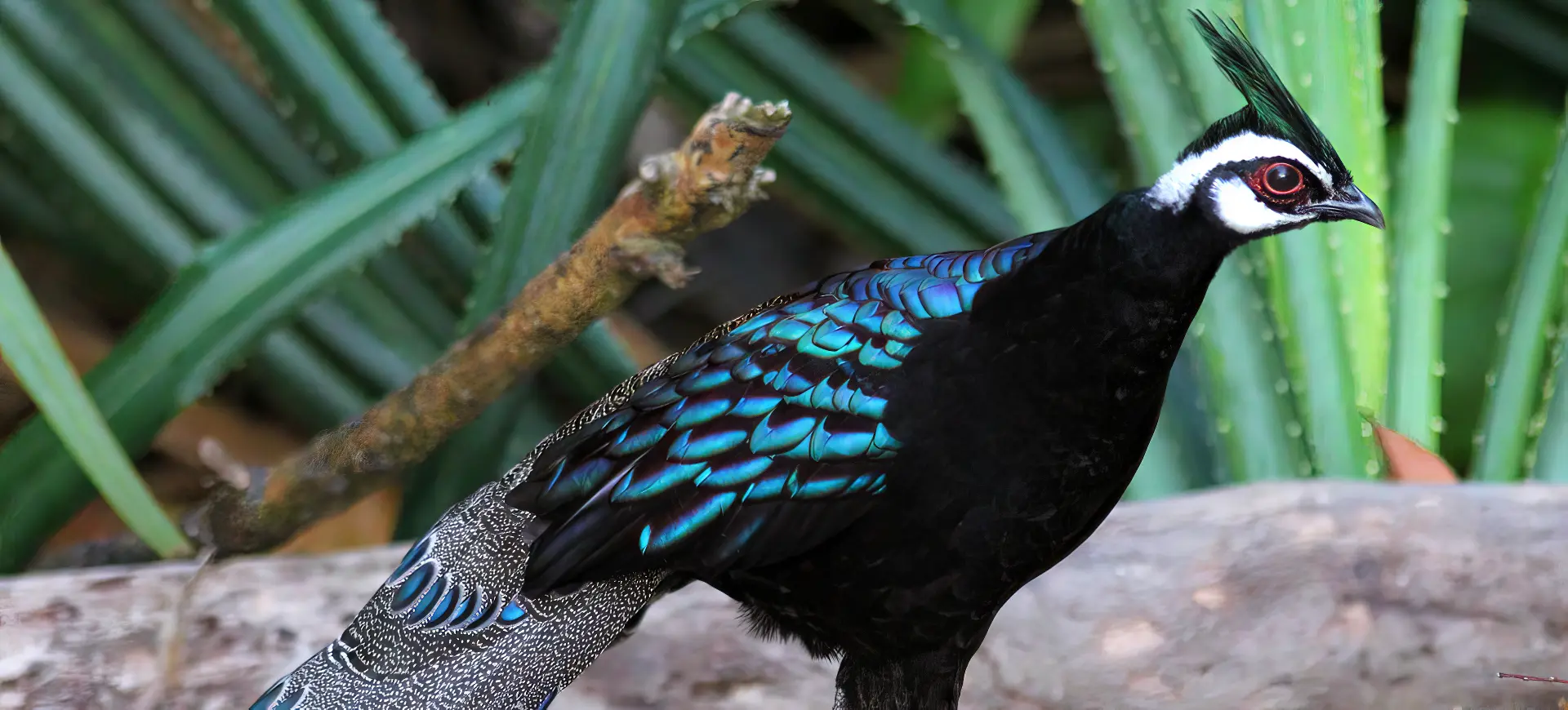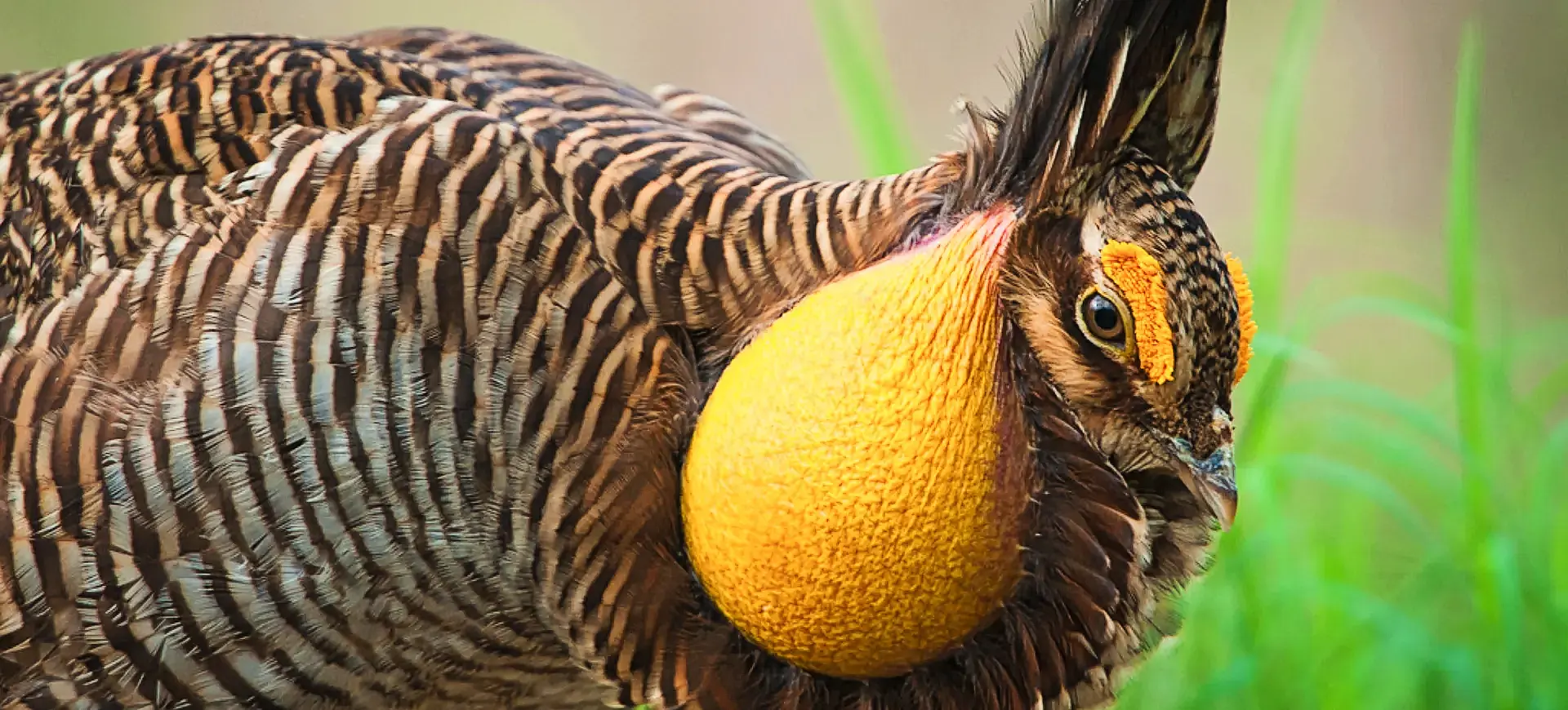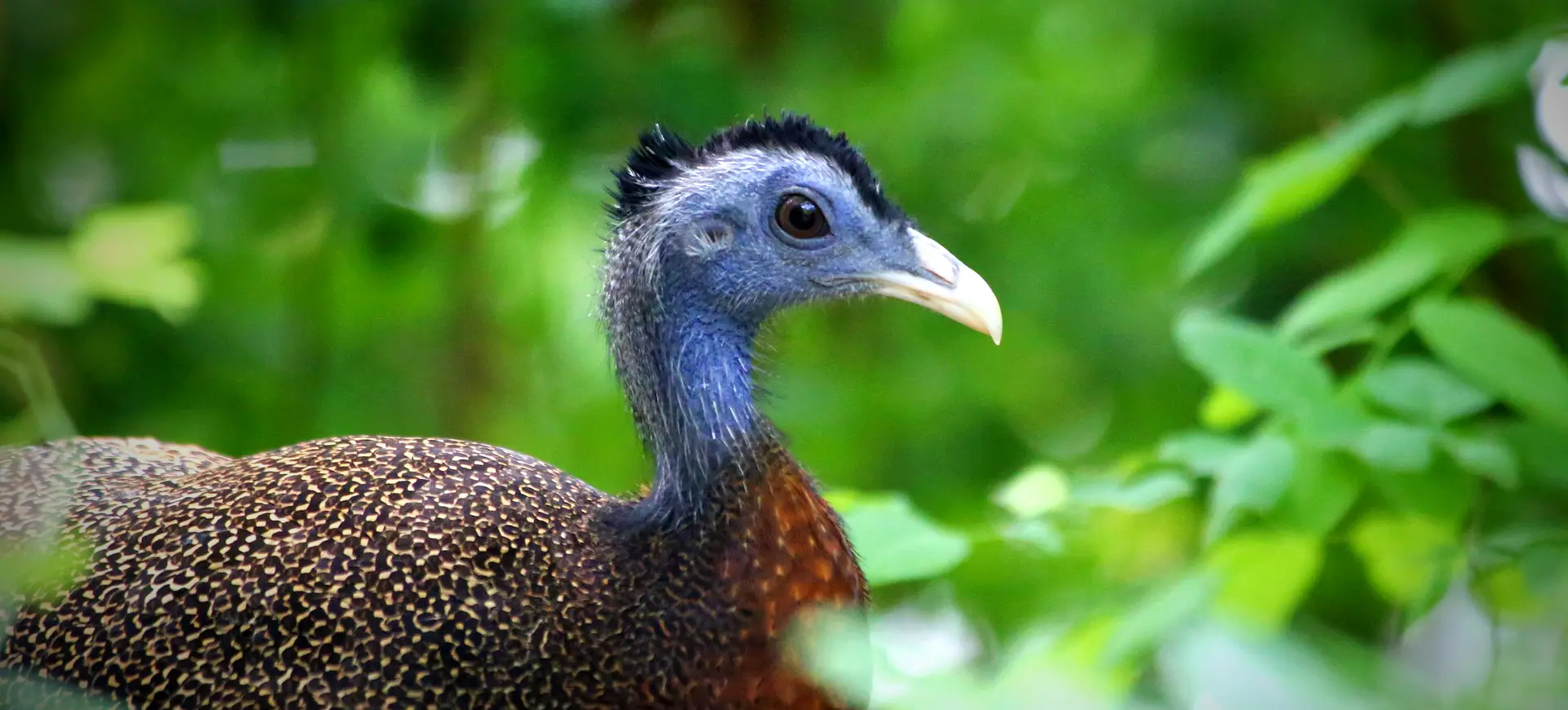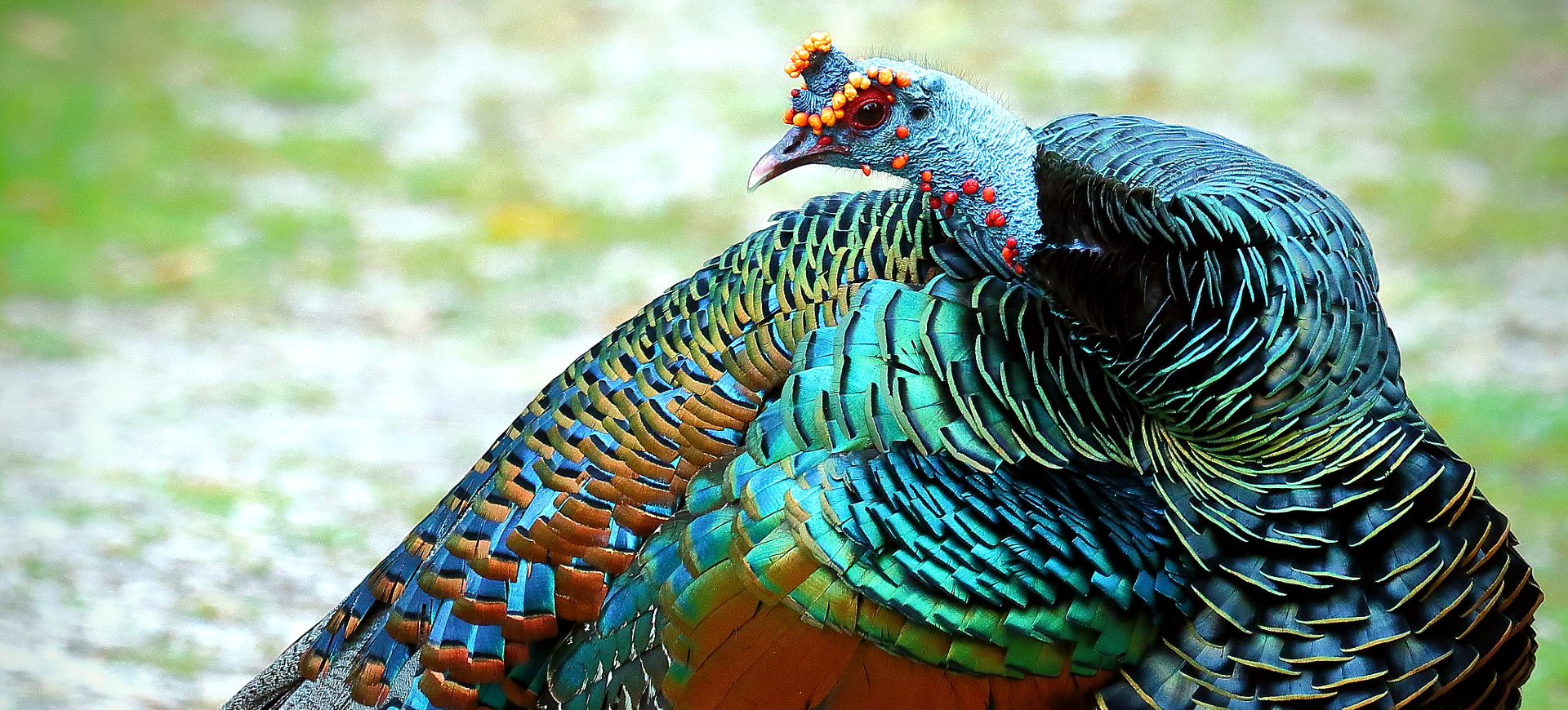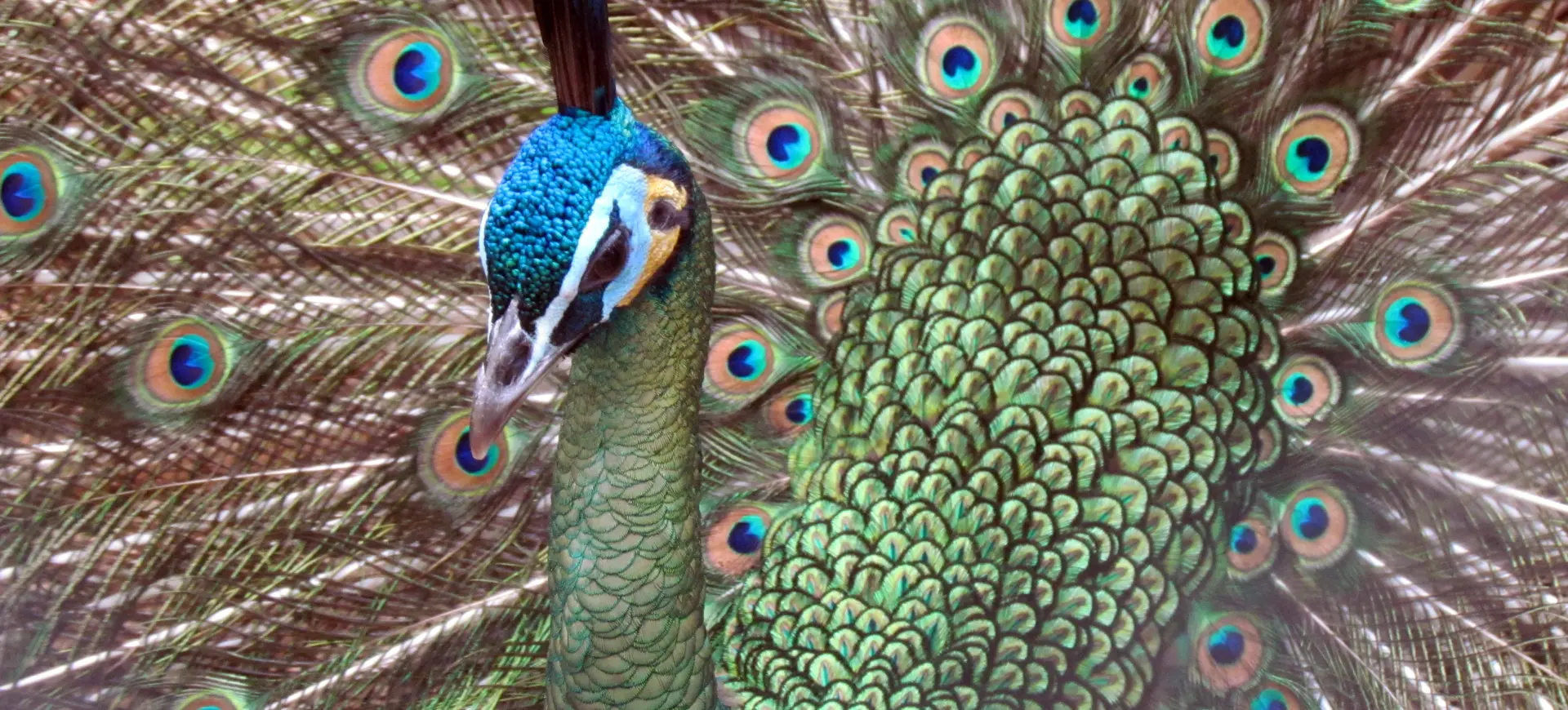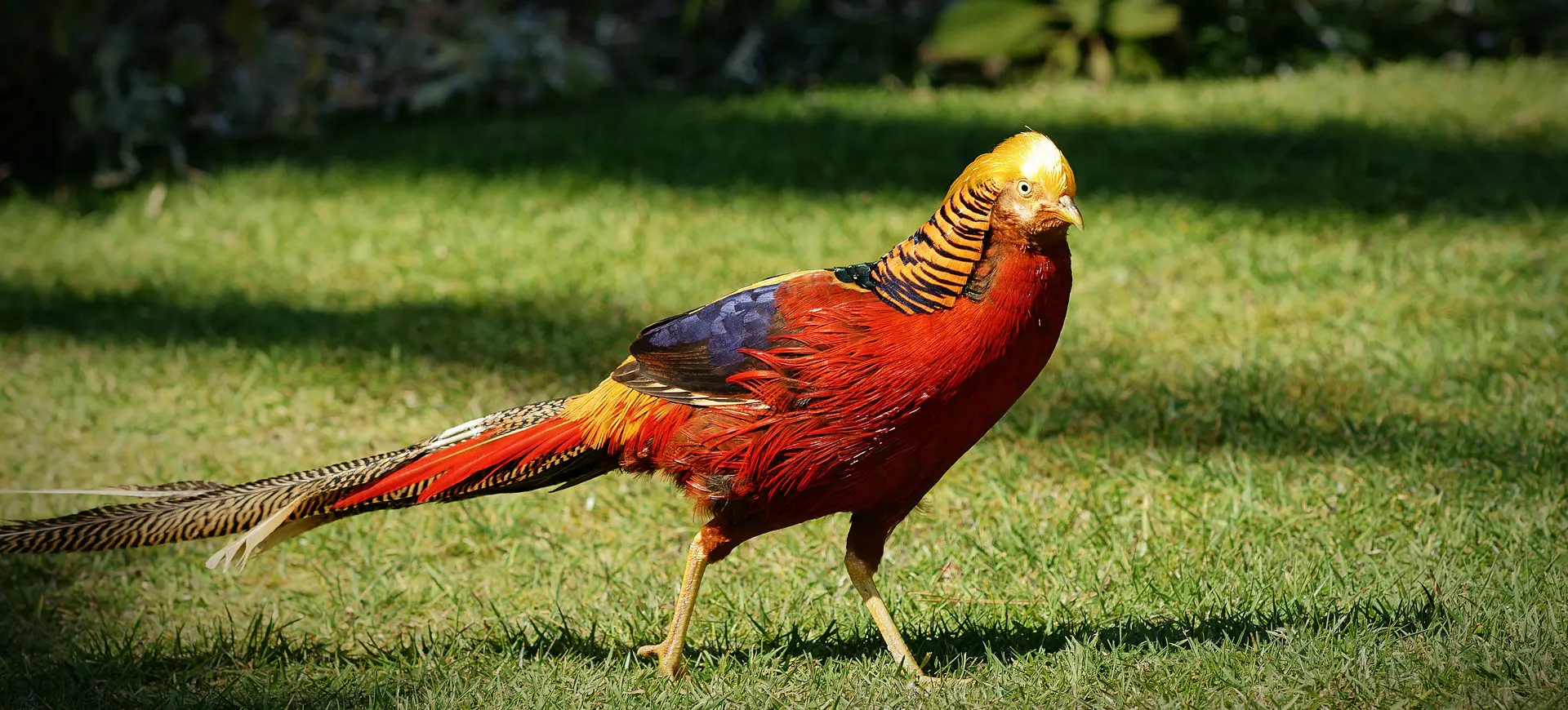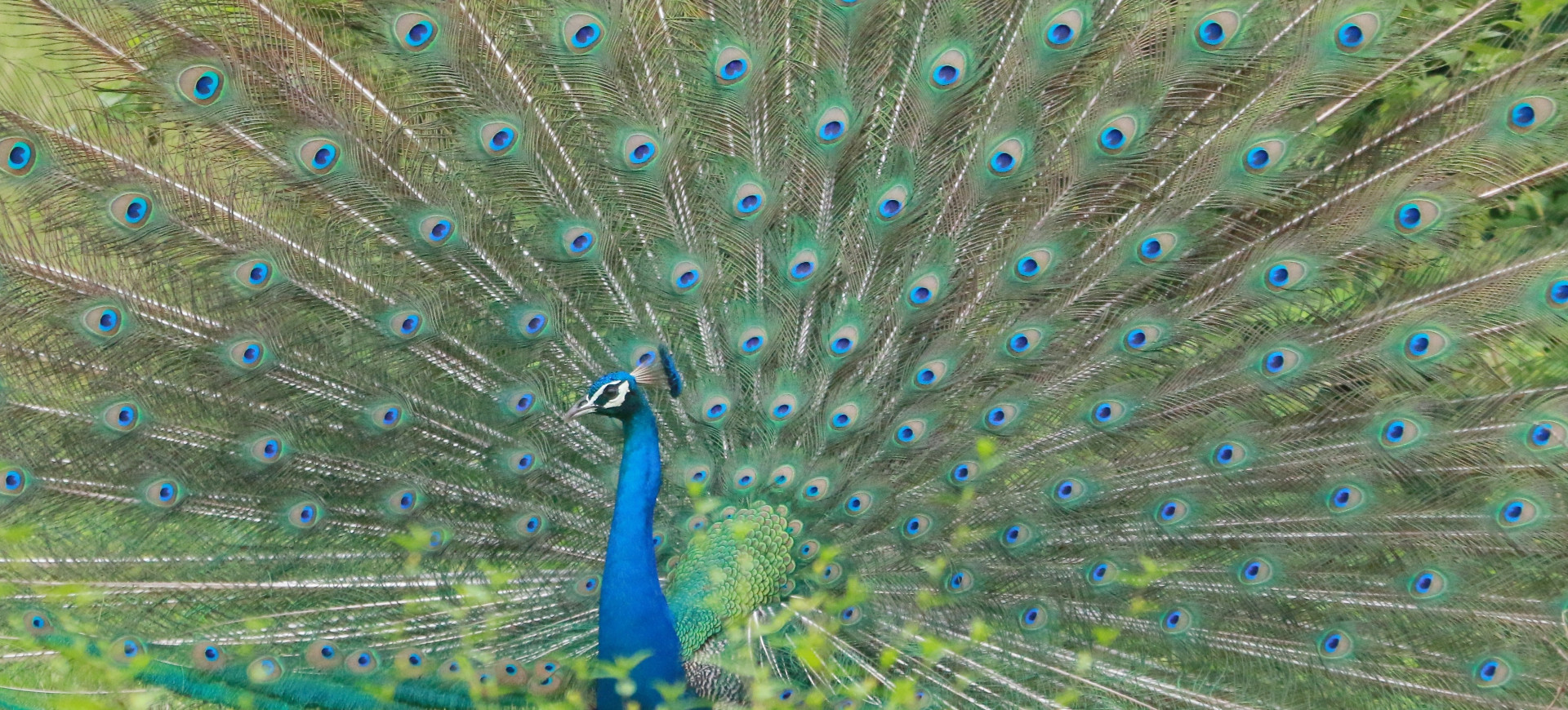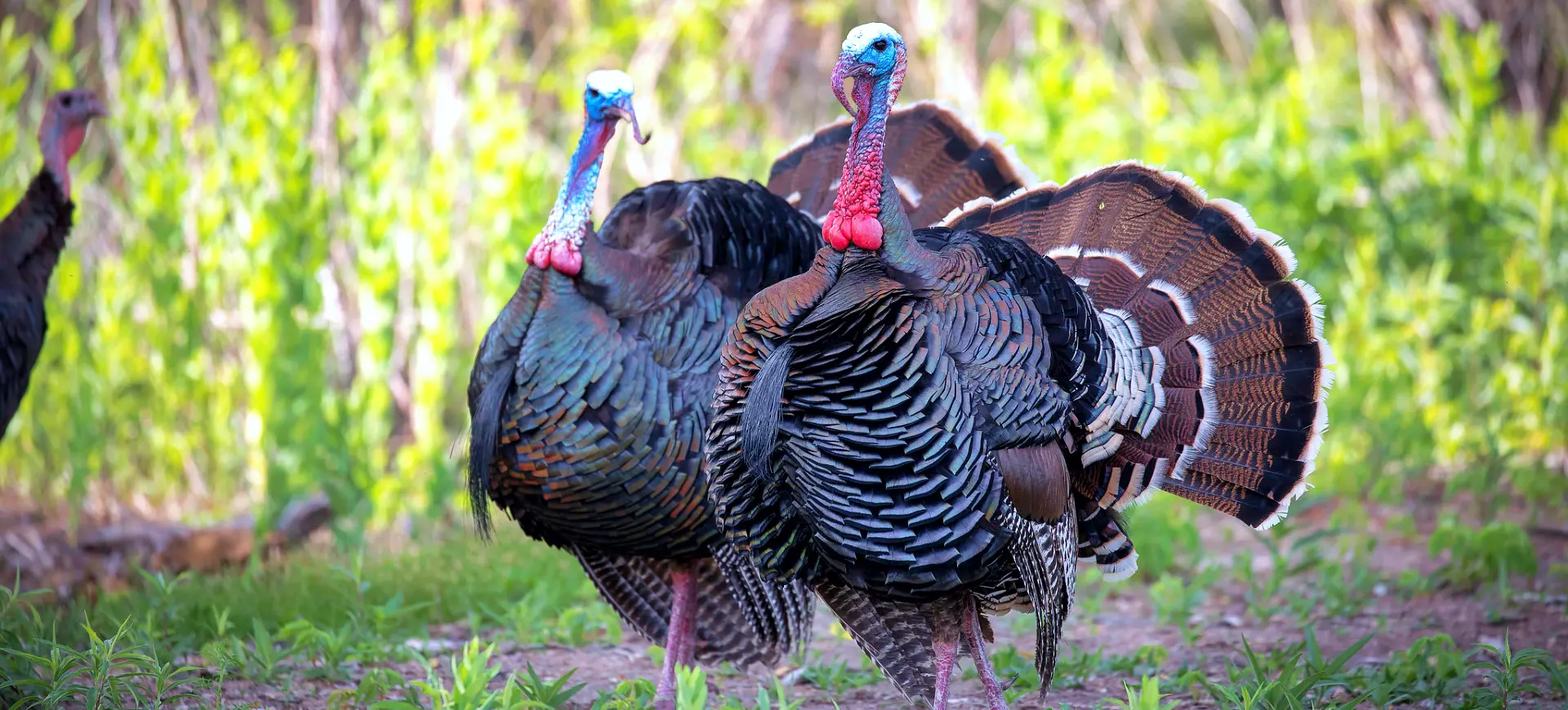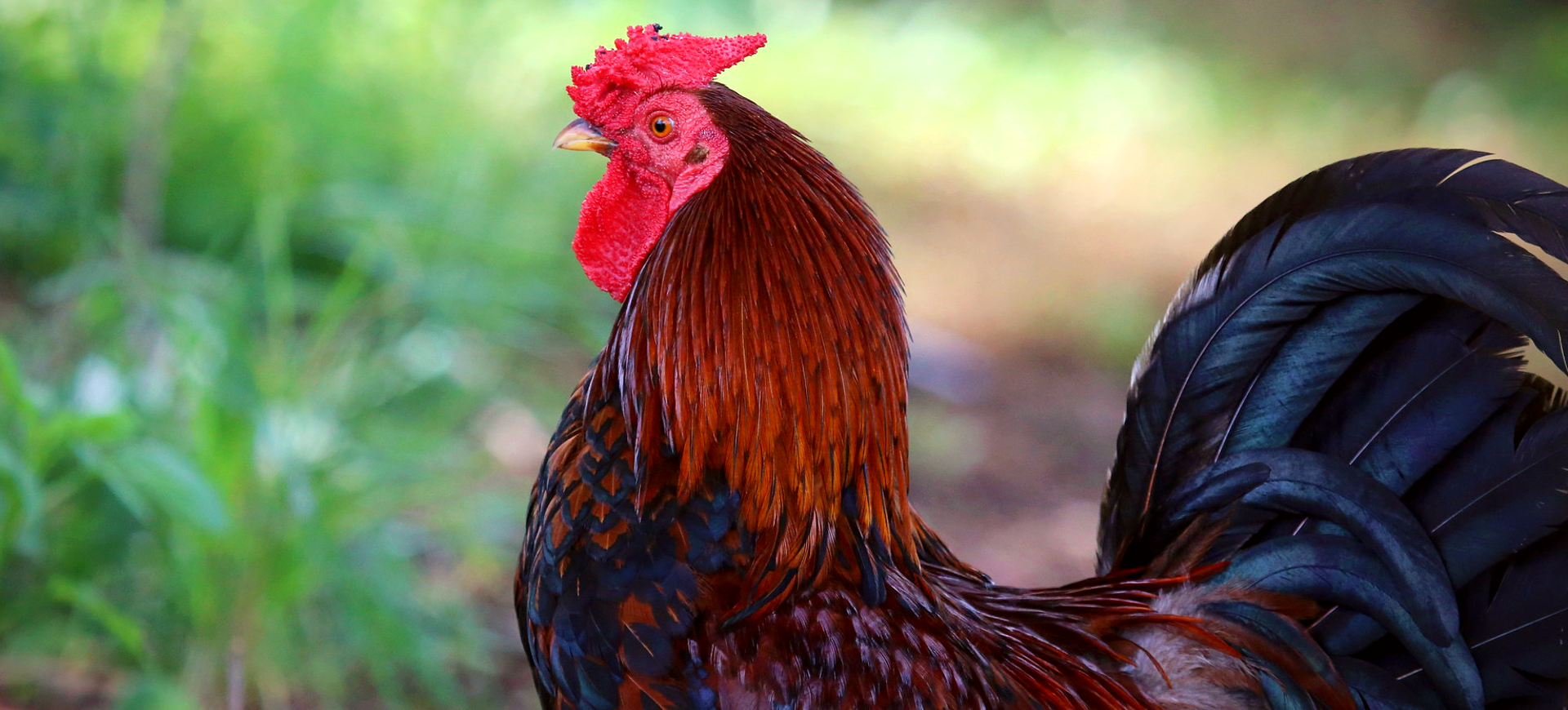Overview
The Ring-necked Pheasant, Phasianus colchicus, is a bird species known for its striking appearance and widespread presence across various habitats globally, particularly in temperate regions. Originally native to Asia, it has been introduced to other parts of the world, such as North America and Europe, where it has adapted well to various environments. The males are renowned for their vibrant plumage, featuring a white ring around the neck, rich brown body, iridescent green head, and long, pointed tail. Females are less conspicuous, with mottled brown feathers that provide excellent camouflage in their natural grassland and agricultural habitats.
Ring-necked Pheasants are ground-dwelling birds that prefer open fields and farmlands, where they feed on various seeds, grains, and insects. Their adaptability to human-altered landscapes has contributed to their success in non-native regions. These birds are monogamous during the breeding season, with elaborate courtship displays that involve males showing off their colorful plumage and emitting distinct calls to attract females. Despite their popularity among hunters and bird watchers, Ring-necked Pheasants face habitat loss and predation challenges, necessitating conservation efforts to ensure their sustainability.
Conservation initiatives for the Ring-necked Pheasant focus on habitat management and restoration, aiming to preserve the grasslands and agricultural margins in which they thrive. Hunting regulations have also been implemented in many regions to manage populations sustainably. The Ring-necked Pheasant plays a significant role in its ecosystem, contributing to seed dispersal and providing prey for predators. Their presence in diverse habitats highlights the importance of maintaining ecological balance and underscores the need for continued conservation and research.
Taxonomy
Kingdom
Phylum
Class
Order
Family
Genus
Species
Type
Physical Description:
Male Ring-necked Pheasants are easily identifiable by their bright colors, including a glossy green head, white neck ring, and coppery-brown body, complemented by long, pointed tails that can make up more than half their total body length. Females and juveniles are more subdued in coloration, with brown, tan, and black patterns that serve as camouflage against predators. Both sexes have strong, muscular legs suited for quick bursts of running and sharp spurs on their legs, used in defense and during mating disputes. The sexual dimorphism in this species is pronounced, making males and females easily distinguishable.
Their physical adaptations, including powerful legs and long tails, aid in their survival in open environments, allowing them to escape predators through swift running. The Ring-necked Pheasant’s keen eyesight and hearing are crucial for detecting threats while foraging open fields. Despite their ability to fly short distances, these pheasants prefer to remain on the ground, taking to the air primarily to escape danger. The adaptability of their plumage, from the males’ conspicuous colors used in courtship to the females’ hidden feathers for nesting, highlights their evolutionary success across varied habitats.

Lifespan: Wild: ~3 years || Captivity: ~5 years

Weight: Male & Female: 1.1-3.3 lbs (0.5-1.5 kg)

Length: Male & Female: 20-35 inches (50-90 cm), including tail

Wingspan: Male & Female: 28-35 inches (70-90 cm)

Top Speed: 37 mph (60 km/h)
Characteristic:
Native Habitat:
The Ring-necked Pheasant is native to Asia, with its range extending from the Caucasus across to China and Siberia. Its preferred habitats include open fields, grasslands, and the edges of forests, with a mix of vegetation for cover and open ground for foraging. Introducing the species to North America, Europe, and other parts of the world has been largely successful, with these birds adapting well to similar habitats in their new ranges. Conservation of their habitat focuses on maintaining the underbrush and edge environments that provide necessary food and shelter.
In their native and introduced ranges, managing grasslands, wetlands, and agricultural margins is crucial for providing the nesting and feeding grounds Ring-necked Pheasants depend on. Creating wildlife reserves and implementing agricultural practices that benefit pheasants and other wildlife are key to habitat conservation efforts. The adaptability of Ring-necked Pheasants to diverse environments has facilitated their survival, but ongoing habitat loss and degradation pose significant threats. Efforts to protect and restore these habitats are essential for the long-term viability of Ring-necked Pheasant populations.
Biogeographical Realms:
Continents:
Countries:
Diet:
Diet & Feeding Habits:
Ring-necked Pheasants are omnivores with a diet that includes seeds, grains, fruits, insects, and small vertebrates. Their feeding behavior is adaptable, allowing them to take advantage of seasonal food sources, from crops in agricultural fields to wild berries and insects in natural grasslands. In winter, they rely more on grains and seeds found on the ground, often visiting feeders in areas where they coexist with humans. The versatility of their diet is a key factor in their ability to thrive in native and introduced habitats.
Their foraging strategy involves scratching and pecking at the ground with their strong bills, uncovering hidden food sources beneath the vegetation and soil. In agricultural landscapes, Ring-necked Pheasants can be seen foraging alongside livestock, taking advantage of disturbed soil to find meals. The presence of these birds in farmlands often indicates healthy, insect-rich soil, benefiting farmers by controlling pest populations. Conservation efforts aim to preserve the mosaic of habitats they require, ensuring the availability of diverse food sources throughout the year.
Mating Behavior:
Mating Description:
The breeding season for Ring-necked Pheasants begins in the spring when males establish territories and perform elaborate displays to attract females. These displays include vocalizations, spreading tail feathers, and showing off their vibrant plumage to signal their health and genetic fitness. After mating, females lay 10-12 eggs in a nest hidden in dense vegetation or crop fields, where they incubate the eggs for about 23-26 days. The female is solely responsible for rearing the chicks, which are precocial and can leave the nest shortly after hatching.
Chicks’ survival depends on the availability of dense cover for protection from predators and access to a diverse diet for growth. The social structure of Ring-necked Pheasants is loosely hierarchical during the breeding season, with dominant males controlling prime territories. Conservation efforts focusing on habitat management aim to ensure that suitable nesting sites and brood-rearing habitats are available and protected. The reproductive success of Ring-necked Pheasants is a key indicator of the health of their environment, highlighting the interconnectedness of wildlife and habitat conservation.
Reproduction Season:
Birth Type:
Pregnancy Duration:
Female Name:
Male Name:
Baby Name:
Social Structure Description:
Ring-necked Pheasants exhibit various social behaviors, with males establishing territories during the breeding season and engaging in competitive displays to attract females. Outside the breeding season, pheasants may form loose flocks, congregating in areas with abundant food and cover. The structure of these groups can vary, with dominance hierarchies influencing access to resources and mating opportunities. Social interactions among Ring-necked Pheasants, including vocal communication and body language, play a crucial role in their survival and reproductive success.
The social dynamics of Ring-necked Pheasant populations are influenced by habitat quality, population density, and seasonal changes. Conservation efforts that preserve and enhance habitat complexity support healthy social structures and increase the resilience of pheasant populations. Understanding Ring-necked Pheasants’ social behavior is important for effectively managing wild and introduced populations. The study of their social structures provides valuable insights into this species’ ecological requirements and conservation needs.
Groups:
Conservation Status:
Population Trend:
While the ring-necked pheasant is listed as least Concerned globally, its populations are subject to local fluctuations due to habitat changes, predation, and hunting pressures. In areas where habitat conservation and management practices are implemented, populations tend to be stable or increasing. Hunting regulations, including bag limits and season lengths, are managed to ensure sustainable populations, contributing to the species’ overall stability in many regions. Conservation efforts are focused on habitat restoration and management, predator control, and research to understand the factors affecting population dynamics.
In their introduced ranges, Ring-necked Pheasants have become an integral part of the ecosystem, with management strategies often aimed at balancing conservation with recreational hunting interests. The species’ adaptability has allowed it to thrive in various habitats, but ongoing environmental changes and habitat loss require continuous monitoring and conservation action. The Ring-necked Pheasant is an important species for biodiversity conservation, game management, and ecological research, highlighting the need for integrated wildlife management approaches. Efforts to maintain and enhance their habitats benefit pheasants and a wide range of other wildlife species, demonstrating the value of comprehensive conservation strategies.
Population Threats:
Primary threats to Ring-necked Pheasant populations include habitat loss due to agricultural expansion, urbanization, and changes in land use that reduce the availability of cover and food sources. Predation by both native and introduced predators can significantly impact nest success and chick survival. Overhunting in some areas risks local populations, emphasizing the need for carefully managed hunting regulations. Climate change and environmental pollution also present challenges, affecting habitat quality and food availability.
Conservation measures aim to address these threats through habitat restoration, establishing wildlife corridors, and sustainable land-use practices that benefit pheasants and other farmland biodiversity. Predator management programs, where appropriate, and the promotion of conservation-friendly farming can help to increase nest success and chick survival rates. Public education and involvement in conservation initiatives are key to raising awareness and support for Ring-necked Pheasant conservation. Implementing science-based wildlife management and conservation policies is crucial for mitigating the impacts of these threats on Ring-necked Pheasant populations.
Conservation Efforts:
Conservation initiatives for the Ring-necked Pheasant include habitat management programs that enhance the quality and connectivity of their environments, such as establishing buffer strips, set-aside fields, and wetland restoration projects. Sustainable hunting practices and regulations are enforced to ensure population stability, with many regions implementing stocking programs to supplement wild populations. Conservation education and outreach programs aim to engage the public and landowners in habitat conservation efforts, highlighting the importance of the Ring-necked Pheasant as an indicator of environmental health.
Research into the ecology and behavior of Ring-necked Pheasants provides insights into effective conservation strategies, habitat requirements, and the impacts of environmental changes. Partnerships between conservation organizations, government agencies, and private landowners are essential for the success of habitat restoration and management efforts. Promoting agricultural practices that support wildlife conservation benefits not only Ring-necked Pheasants but also a variety of other species that share their habitats. Through these collaborative efforts, conservationists aim to ensure the long-term viability of Ring-necked Pheasant populations and the ecosystems they inhabit.
Additional Resources:
Fun Facts
- The Ring-necked Pheasant is the state bird of South Dakota, USA, highlighting its cultural and ecological significance.
- Males are known for their loud, crowing call, which can be heard during the early morning and evening, particularly during the breeding season.
- Ring-necked Pheasants are capable of rapid, short flights but prefer to escape predators by running.
- Their vibrant plumage has inspired artists and been featured in folklore and literature across different cultures.
- Despite their preference for ground foraging, Ring-necked Pheasants roost in trees at night for protection from predators.
- The introduction of ring-necked pheasants for hunting has led to their establishment as game birds in many parts of the world.
- Females are responsible for all nesting and chick-rearing aspects, demonstrating their importance in the species’ reproductive success.
- The diet of Ring-necked Pheasants changes with the seasons, showcasing their ability to adapt to available food sources.
- Conservation programs for Ring-necked Pheasants often benefit other farmland and grassland species, demonstrating the interconnectedness of ecosystem management.
- The adaptability and resilience of the Ring-necked Pheasant make it a focal species for conservation and wildlife management efforts, reflecting the challenges and opportunities in preserving biodiversity.



